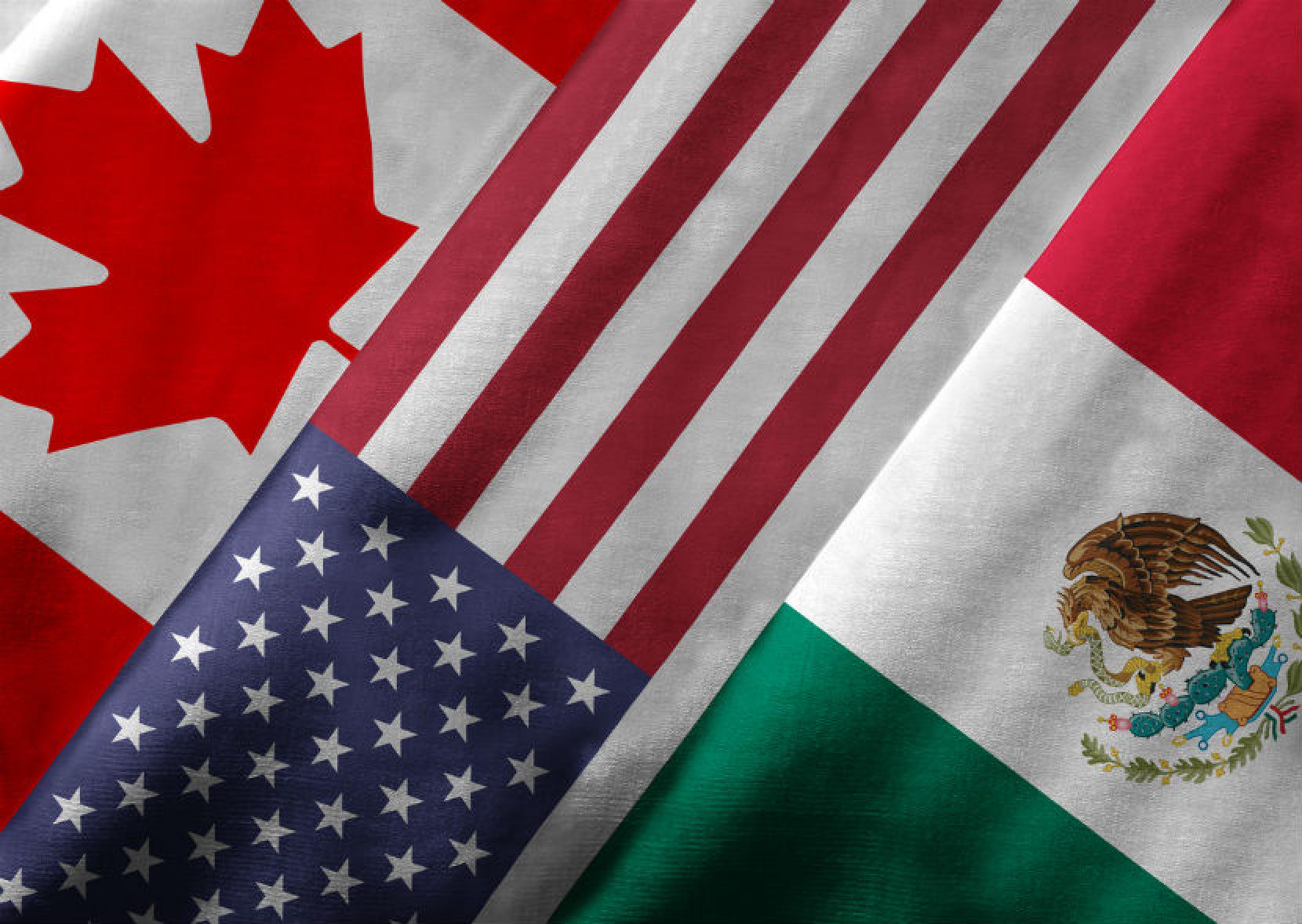As the North American Free Trade Agreement, known as NAFTA, approaches its 25th anniversary, the truth is being politically distorted. Just judging by the results of individual American states, it has been an undeniable success: 32 states declare Canada as their largest export market while six others — including Texas and California — count Mexico as theirs.
But the Trump administration’s focus on negotiating a “better deal” for the U.S. now has states, along with Canada and Mexico, justifiably concerned: Why accept a lesser regional pact vs. the alternatives? This is clearly troubling for Canada, which, up until China surpassed it last year, was the largest and most balanced trade partner with the U.S since the 1950s — with or without NAFTA.
Has NAFTA delivered on its promises? It sure looks that way, as phased-out tariffs boosted economic output and lowered consumer prices for a market now serving about 490 million people.
For the U.S., the Congressional Research Service concluded that manufacturing jobs that moved to Mexico in the automotive, textile, computer and electrical appliance industries have been more than offset by significant job gains in the services sector.
Ultimately, it is the rise of cross-border supply chains improving American competitiveness for all of these industries that is the largest contribution of the trade agreement, especially for automobile production by U.S. companies.
For Mexico, the biggest payoff unquestionably has been the huge surge in foreign investment that, in addition to creating manufacturing jobs, significantly boosted its tourism industry while accelerating the modernization of its previously protectionist economy.
But NAFTA has yet to reduce the levels of poverty: Although the industrialized maquiladora zone has seen wages improve, the national averages still lag those of non-NAFTA countries such as Brazil and Chile.
For Canada, the relationship stayed mutually beneficial but not markedly more than before as the positive impact of NAFTA on its midsized companies was offset by the sharp reduction in manufacturing jobs to the benefit of Mexico.
The World Bank estimates that since the inception of NAFTA, Canada’s trade-dependency factor — defined as the average between all global imports and exports as a percentage of GDP — stayed unchanged at 32 percent while Mexico’s jumped from 15 to 38 percent. The American factor moved from 10 to 13 percent, but mostly because of China.
Hence, the recent decision to impose tariffs on Canadian steel and aluminum is baffling. Since the U.S. had an $8.4 billion trade surplus (rather than the mistakenly declared deficit) with Canada last year — mostly due to the services sector — why risk facing retaliatory tariff barriers?
If the Trump administration’s thinking is colored by the real and serious trade deficit problem originating mostly in China, antagonizing the NAFTA partners is sadly misguided.
Looking ahead, there are two areas in need of improvement, one of greater importance for each of America’s partners.
The first one is improving exchange-rate stability in the trading zone. This problem is more acute for Mexico, which has seen its peso depreciate since the Great Recession of 2008. Illuminating whether and how America’s own monetary policy exacerbated the peso’s decline would be very useful and potentially point to a remedy, as such a weaker currency makes American imports look much more expensive, causing larger trade deficits as a result.
With Canada, the focus must be on alleviating labor mobility constraints and concerns. As it stands, the trade agreement between Canada and the U.S. does not differentiate itself from any other trans-Atlantic or trans-Pacific deal, as it does not capitalize on the geographic proximity and linguistic commonality for displaced workers to seek employment in either country. Ensuring the free flow of people — alongside of goods, services and capital — might be necessary for the stability and endurance of a regional economic pact, as clearly demonstrated in modern Europe.
Regardless of the choices made to improve or replace the trade agreement, trade pacts must exist and remain mutually satisfactory to survive the test of time. It’s all about a long-term “win-win” vs. extracting temporarily what looks like as a better deal.
Moris Simson is a fellow of the IC² Institute at The University of Texas at Austin and a member of the American College of Corporate Directors.
A version of this op-ed appeared in the Houston Chronicle.
To view more op-eds from Texas Perspectives, click here.
Like us on Facebook.




